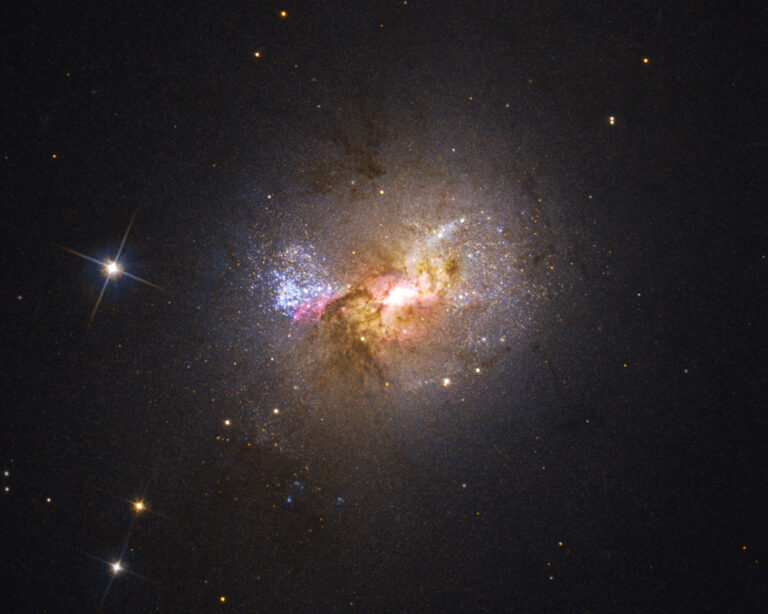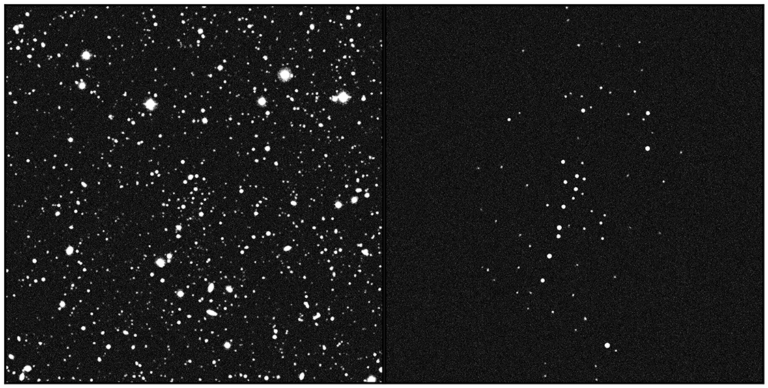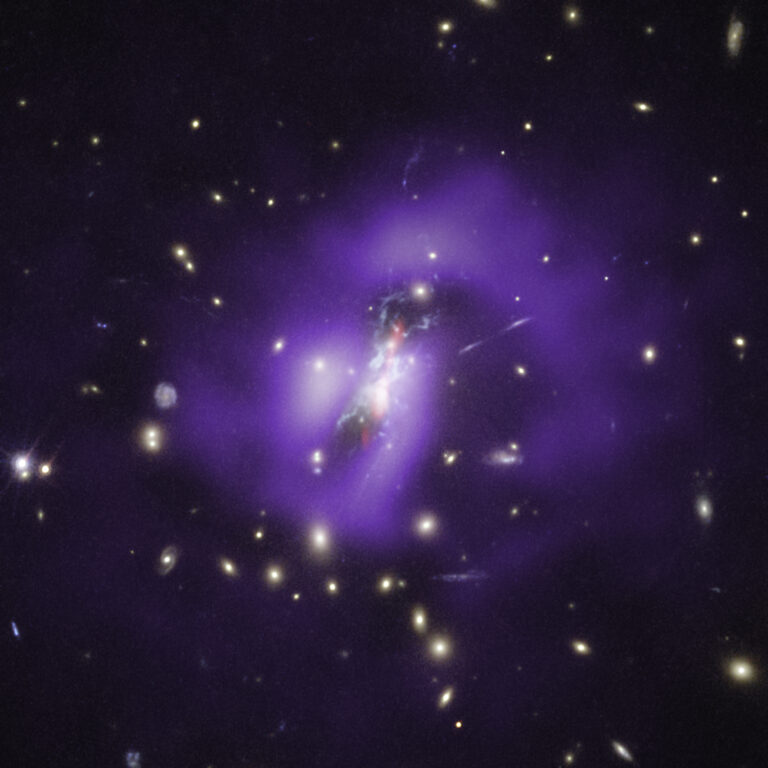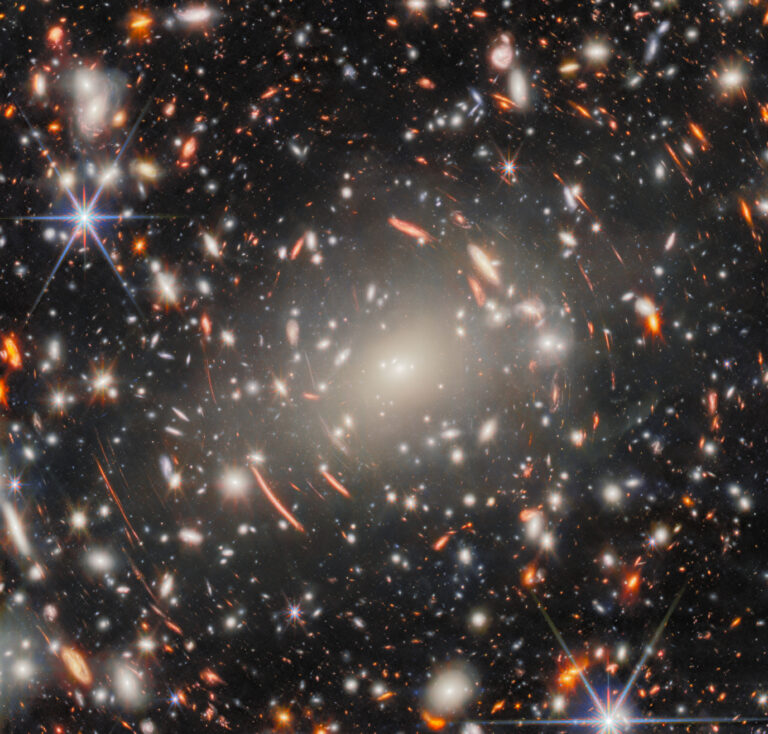Key Takeaways:
Astronomers believe that the largest galaxies grow by attracting and consuming these smaller galaxies in a cosmic food web of sorts. For example, there are hints that the Andromeda Galaxy ate a dwarf galaxy in our neighborhood a few billion years ago.
But now researchers have found evidence that Andromeda actually had at least two major galactic feasts billions of years apart. The finding complicates Andromeda’s past, leaving astronomers searching for clues to its galaxy-gobbling growth.
The research was published Wednesday in the journal Nature.
Searching for Galaxy Remains
For decades, astronomers have mapped the outer regions of Andromeda and searched for clues to its past eating habits. Outside the dense, swirling disk of stars in the galaxy’s inner region there’s a large, more diffuse sphere of stars that scientists call the stellar halo. Astronomers have pointed powerful telescopes at these outer regions to map where the distant, faint stars lie. These detailed maps revealed dense streams of stars that stretch through the galaxy’s halo. Researchers already suspected they were the remains of dwarf galaxies that fell into Andromeda’s clutches and were torn apart by gravity.
That prompted a team of researchers from more than half a dozen countries to probe even further. They wanted to see if the motions of dense, spherical clumps of stars called globular clusters in Andromeda’s halo could reveal their past. When Andromeda shreds a dwarf galaxy, the globular clusters stay intact because its stars are bound so tightly together. So, studying the motions of these clusters tells us how past dwarf galaxies might have been moving if they hadn’t been torn apart by Andromeda.
The team found that many of the halo’s globular clusters were in the streams left by shredded dwarf galaxies. And because these clusters all have similar orbits around the galaxy’s center, the researchers say they were likely swallowed into Andromeda from roughly the same direction. That feast probably happened a couple of billion years ago, the team suspects.
But the researchers also found something else: Numerous globular clusters with orbits different from those found in the streams. It’s a sign that Andromeda swallowed up other dwarf galaxies in the past as well. This episode of galactic gorging probably happened billions of years before the other one, the researchers say.
What’s left is to figure out how these separate sessions of galaxy gobbling could have happened, says study author and University of Sydney astronomer Geraint Lewis. Eventually, they’d also like to do similar studies on the Milky Way to untangle its history, too.
The ultimate goal, Lewis says, is to build a cohesive story of how the Milky Way and Andromeda galaxies grew over time.











